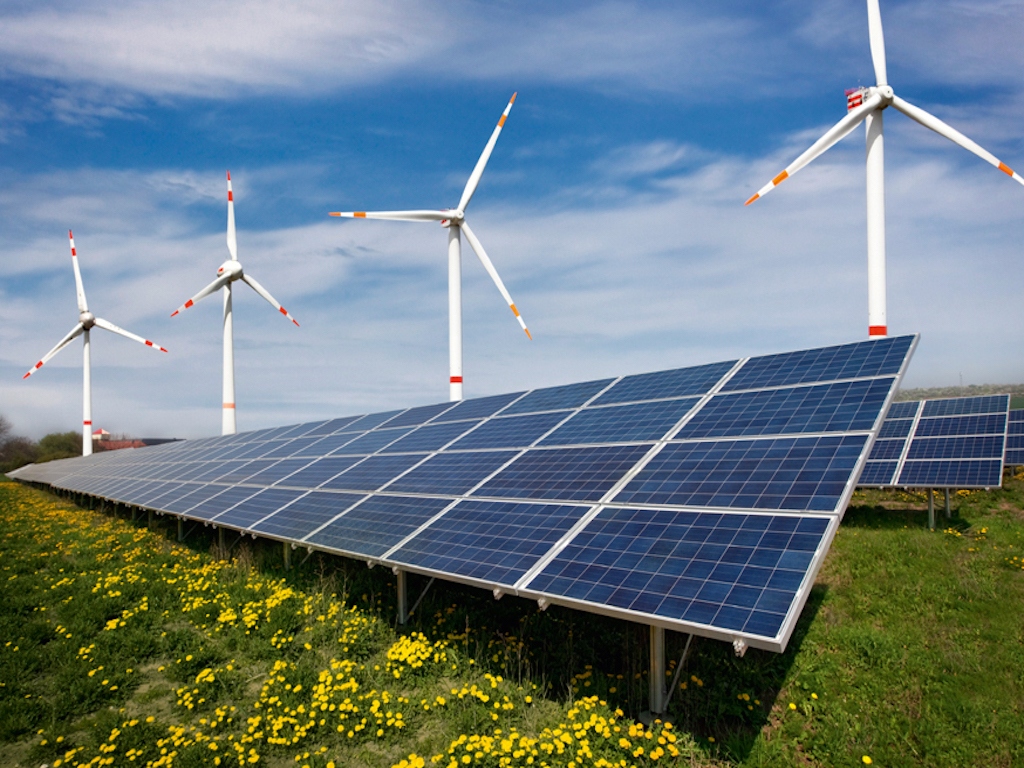3 Mins Read
A new report on the world’s electricity generation by climate think tank Ember reveals that carbon emissions from the global electricity system fell by 2% last year as countries begin shifting away from coal-fired power plants. The drop represents the biggest decline in 30 years, and shows the potential progress that can be achieved to battle the climate crisis if countries take more drastic measures to switch to renewable energy sources.
Analysis from the Global Electricity Review 2020 by climate think tank Ember shows that global carbon emissions have decreased by 2% last year, the steepest drop since 1990 as the United States and the European Union turns towards cleaner energy sources. Globally, power from coal plants fell by 3% last year, despite the fact that China’s dependence on coal continued to increase to take up half of the global share of coal generation. The overall decrease is mainly due to the fact that power from coal plants halved in the United States and Europe since 2007.
However, Ember’s experts warned that this decrease is mainly due to one-off factors such as a milder winter season last year, and the slight cut in carbon emissions is not enough to catch up to the rate at which the climate crisis is intensifying.
“Progress is being made on reducing coal generation, but nothing like with the urgency needed to limit climate change,” the report wrote.
The lead author of the report, Dave Jones, said that governments need to rapidly accelerate the transition towards renewable energy powered electricity in order to drive the much-needed collapse of coal within this decade.
“To switch from coal into gas is just swapping one fossil fuel for another. The cheapest and quickest way to end coal generation is through a rapid rollout of wind and solar,” he said.
The researchers reiterate that while the US and Europe is showing signs of improvement, China’s growth in coal is greatly concerning and will hamper efforts to fight the climate crisis.
Amid the coronavirus outbreak, China’s electricity demand and industrial output has taken a tumble, which led to a significant slash of its carbon emissions by 100 million metric tonnes. Transportation links and cities coming to a virtual standstill has also drastically improved the levels of pollution in the country, with NASA satellite images showing a plummeting of the amount of nitrogen dioxide in the atmosphere in Wuhan.
But experts say that this phenomenon is likely to be temporary. As China’s protective regulations and infection rates ease, the country’s huge power generation and industrial capacity will quickly drive up output again to its regular levels of coal consumption.
Though renewable wind and solar energy use has steadily increased over the years to make up 8% of the world’s current electricity supply, the report emphasised that the world will need to record a compound growth rate of 15% for both wind and solar generation every year to meet the goals of the Paris Agreement. This will require a “colossal effort,” the Ember report warned.
While the report reveals the effectiveness of moving away from coal power to curb carbon emissions, it is crucial that we do not become complacent in our efforts to transition away from all fossil fuels, especially given the mounting evidence of the interlinked social, environmental, economic and human security threats that climate disasters will bring if global heating is left unabated.
Lead image courtesy of Solar Reviews.




